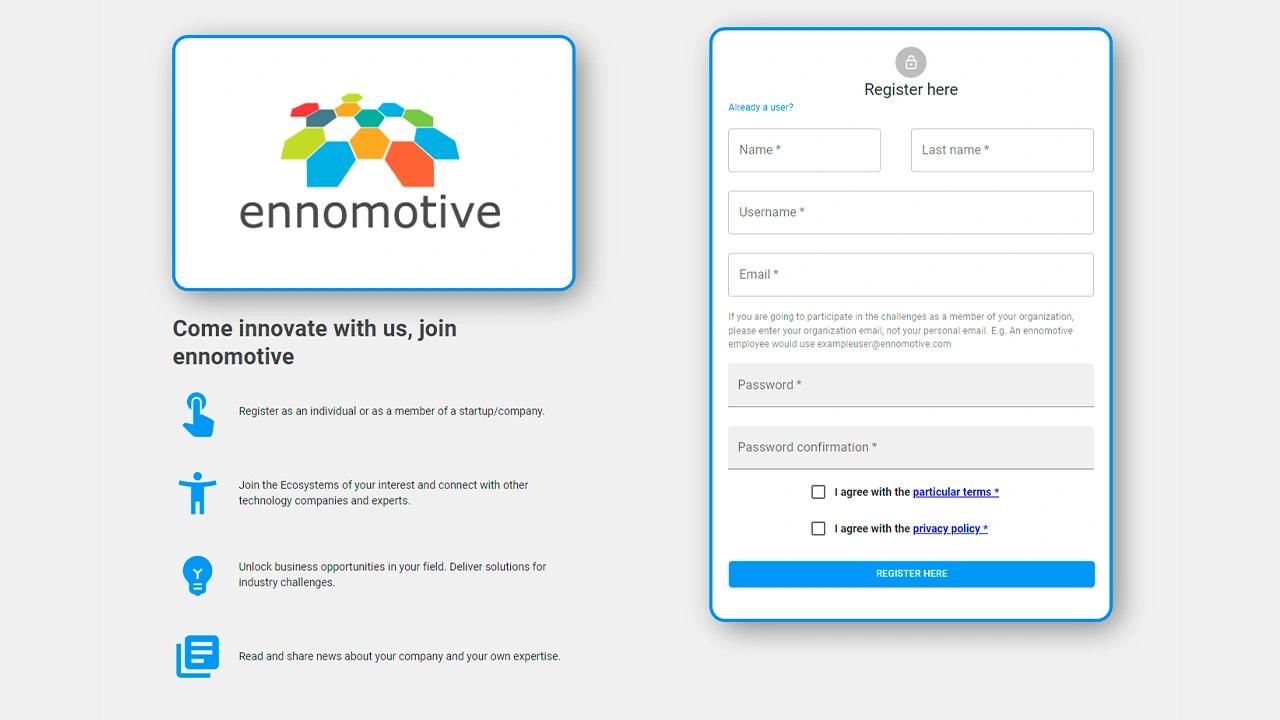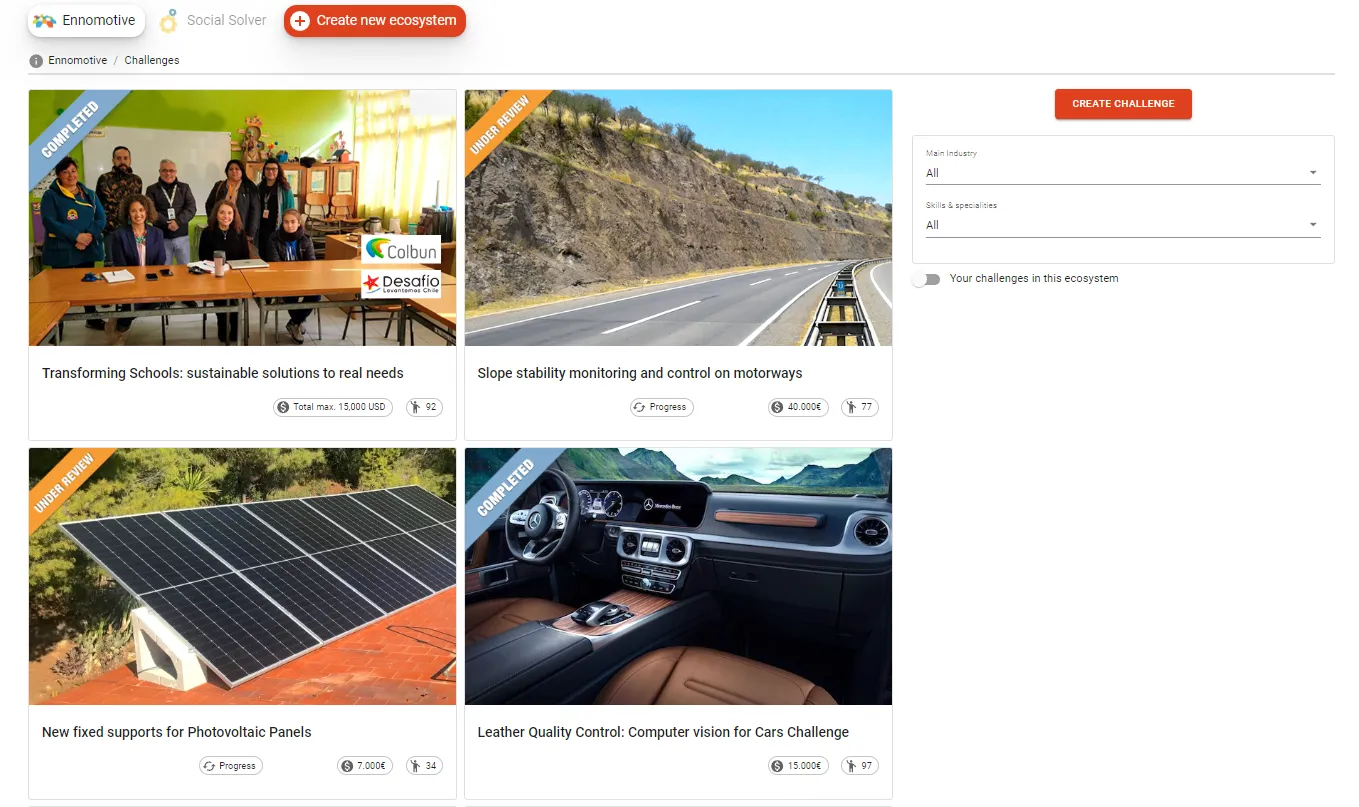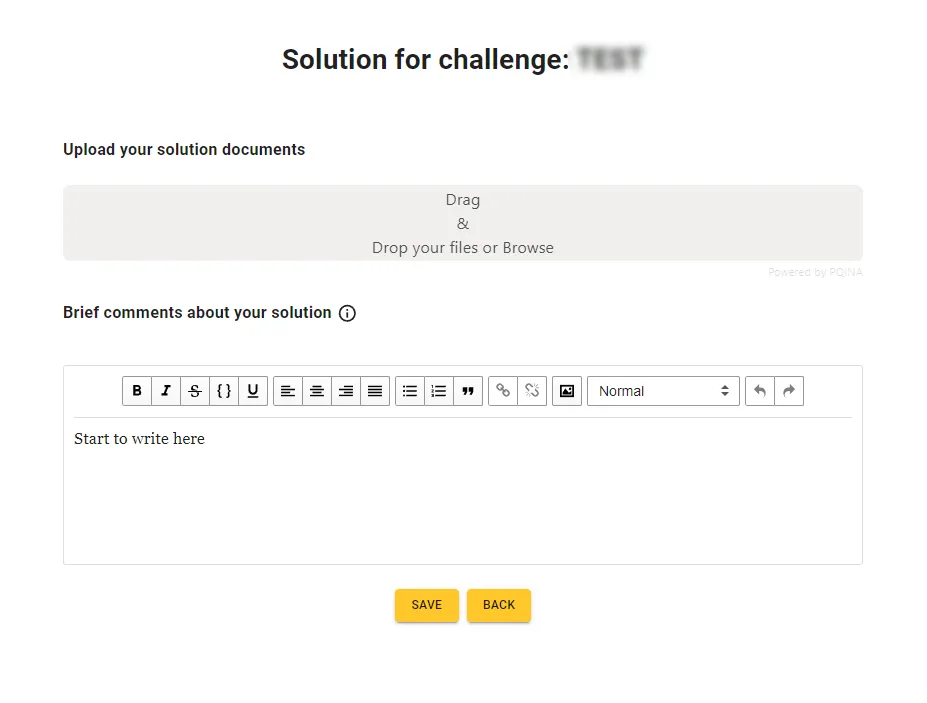Scottish Power Energy Networks (SPEN) is an electricity transmission and distribution utility. SPEN guarantees the transmission and distribution of electricity from the generating point to the consumption point without interruptions and in the most efficient way. Also, SPEN plans, manages and upgrades the electricity networks to meet current and future requirements. The networks are made of overhead lines, underground cables and substations.
The Challenge
Reconducting in-place transmission overhead lines presents a problem where a distribution overhead line crosses by below, taking the risk that the cable falls during the works. An accidental fall of the transmission line may cause:
- affection to service, damaging the distribution line
- generate a hazard for the operators working in the area. The hazard appears when a non-live wire (transmission wire) may be in contact with the live distribution line, appearing a difference of voltage that potentially could affect the rewiring workers
This situation is described in attachments "Overhead line 1", "Overhead line 2", "Line crossing", "Effects of accident".
To avoid the electrical hazard, no work can be done without cutting the flow along the distribution line, affecting the quality of service to the customers.
To avoid affecting service, the current solution involves burying an underground distribution cable parallel to the distribution overhead line. After the burying, the electricity flows along the underground cable, the distribution overhead line is turned off and the operators can proceed to rewire the transmission lining of the existing distribution line. However, this solution is expensive and takes an important amount of time and preparation comparing with the time to rewire a line. More than a month is taken for burying the distribution line. In a transmission line, you could find several times this problem, which means an overrun of several thousand pounds.
What SPEN is looking for
It is a requirement that the alternative solutions avoid digging, as it represents the mayor impact in time and cost.
The winner will present the best combination of the following factors:
- effectiveness
- cost reduction
- shorter and easy implementation.
Solvers are asked to provide a fully described and supported solution for an alternative solution. Solutions must be innovative, effective and respect the given specifications.
Required Functionalities of the New Design
The company envisions a dielectric structure that protects the distribution line of the possible drop of a wire from the transmission line.
As it is a recurrent problem that appears along the transmission networks of the company, the solution ideally would be reusable and would have a low cost of transportation and an easy and quick deployment. It will withstand hard weather conditions such a storms, wind and constant rain.
The most important characteristic for the structure and a key point for the acceptance of the solution is the electrical isolation that has to provided between the distribution line and the transmission wires.
Moreover, the structure will withstand the mechanical stress a drop of a transmission wire over the cover without suffering major damage.
The typical shape of a pole is represented in the attached image "Type pole shape". The radio covers most of the distribution poles of the networks. On the contrary, the height of the poles varies with the topology of the landscape and the need of the networks. The solution ideally will be able to adapt to the different heights of pole.
The data of the distribution poles (the ones which must be protected) and data from length, weight and height of the transmission cables (the ones which may drop on the distribution lines) are provided in attachment "Distribution poles data".
A transmission line is usually bundled in single, twin or quad configurations, meaning up to 4 wires could be in work at the same time. The first try would be only for one wire, to have a simple approach. The maximum force that the structure must withstand is, at the first prototype, the force of one conductor falling.
Solutions must include a high degree of innovation. The solver may provide alternative solutions to the envisioned dielectric structure, provided dielectric isolation is guaranteed and digging is avoided. However, a necessary condition is to provide total security of operation to guarantee safety to workers and service to customers.
The solver must provide evidence of the effectiveness of its solution, as well as times, steps and cost for its implementation and removal.
Required Output
This is a three-round tournament.
On the first round, the following deliverables are required:
· Brief description of the proposed solution, required space and conditions for its implementation. If any, site requirements or restrictions for the proposal to be applied should be clearly specified.
· Draft diagrams and sketches of the solution, better if in 3D. Required operational and manoeuvring space must be indicated, both for installation and operation.
· First approximation of implementation and operation costs.
· Some feasibility evidence (e.g. similar solution in other sectors or countries)
· To allow for an easier comparison of the proposed solutions, solvers will present their first-round solutions per the attached template that must be uploaded in PDF format. Apart from this template, the solver is invited to add all the additional information that is required to explain and support his proposal.
For the second round, the following deliverables are required:
· Full description of the proposed solution.
· Site requirements for the solution to be adopted.
· Detailed 3D diagrams and blueprints
· Site adaptation and maintenance cost. ROI analysis.
· Feasibility evidence (e.g. similar solution in other products, sectors or countries)
· If the solution exists in the market, supplier specification and market price.
· If the solution is new, target specification including all required diagrams and estimated cost.
The third round is required for detailed information, adaptation and/or feasibility proofs. The following documentation will be required:
· Instructions for installation and maintenance.
· Detailed technical specification. This document will contain all details that are required to prepare a tender by local contractors and suppliers.
· H&S assessment including risk identification, measures to reduce probability of event and/or its impact in case event occurs, actions to be taken when the event occurs.
Evaluation Criteria
Submissions will be assessed according to the following criteria:
- Digging avoidance
- Time and cost reduction
- Adaptable and reusable equipment and structure
- Resilience to transmission wire drop and all weather conditions
- Realistic to be build
- Easy transport and deployment
- A realistic price estimation
- Degree of innovation
- Quality of the supporting documents
Timeline
1st round: 7 weeks to present solutions + 2 weeks for evaluation
2nd round: 4 weeks to present solutions + 2 weeks for evaluation
3rd round: 2 to 8 weeks (dependent on solution provided)



